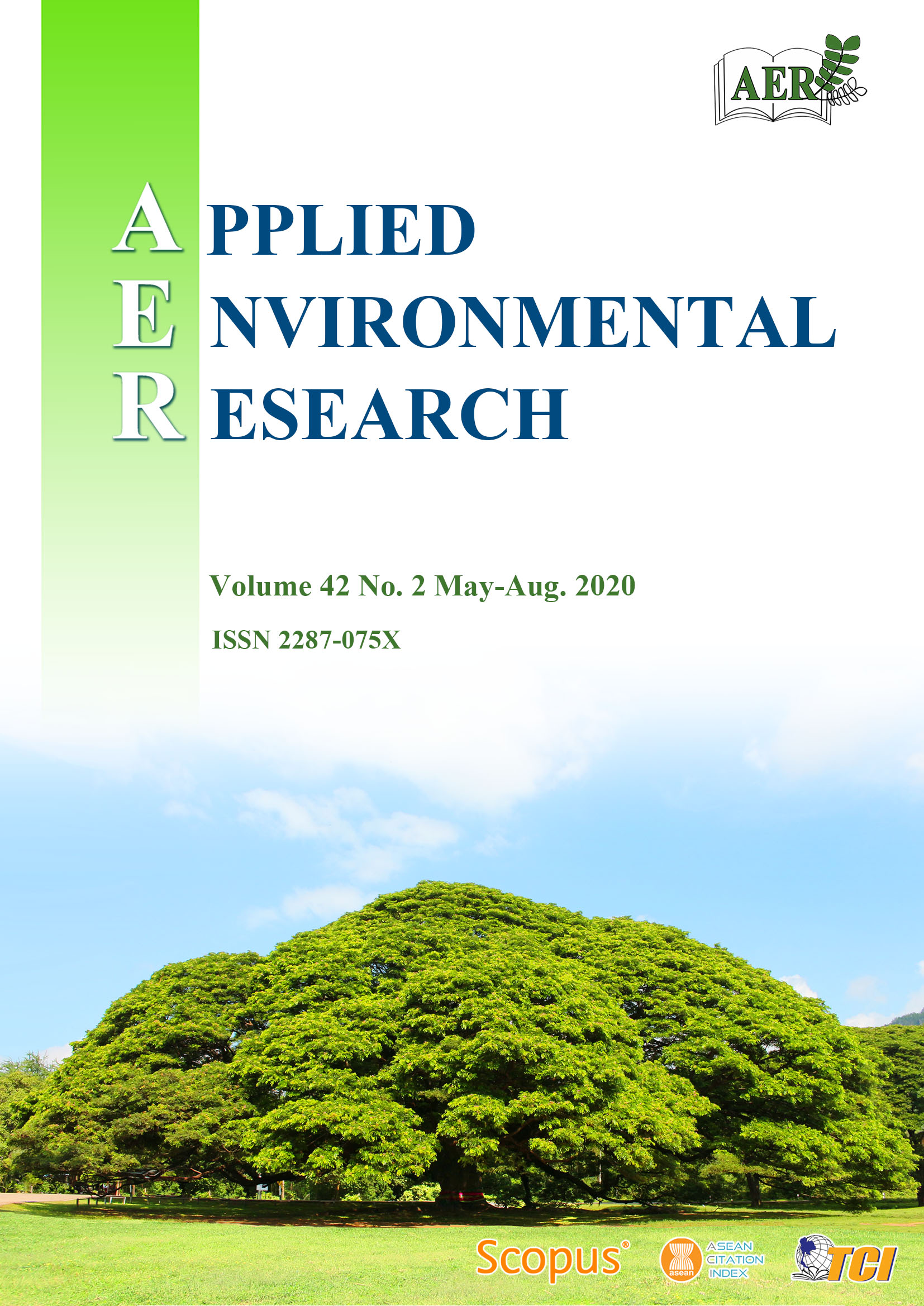Six Years Monitoring of the Promising Low Grain-Cd Accumulating Rice, RD15 Cultivar Grown on Cd-contaminated Paddy Soils
Main Article Content
Abstract
The experiment was conducted on the Cd-contaminated paddy field, two of Thai rice cultivars, the prevailing KDML105 and RD15 were included together with determining grain-Cd accumulation. The results had revealed that the RD15 contained Cd in grains not only lower than KDML105 but also lower than the critical level as proposed by Codex (0.4 mg kg-1 polished rice). Thus, the RD15 was selected as the promising low grain-Cd accumulating rice cultivar, and farmers were encouraged to grow this cultivar. The grains of prevailing and promising rice cultivars were annually collected for Cd analysis. After six-years monitoring, the results revealed that the average concentration of Cd in KDML105 was 0.658 mg kg-1, which exceeded the critical level. On the other hand, the average concentration observed in RD15 (0.127 mg kg-1) was lower than the critical level. The human dietary intake of Cd through rice consumption was calculated, comparing to the provisional tolerable weekly intake (PTWI) as adopted by FAO/WHO (7 ug Cd kg-1 BW per week), the PTWI of KDML105 was far exceeded the critical level. Contrary, the RD15 had the PTWI lower than the critical level. Present results indicated that, by cultivating RD15 the promising low-grain Cd cultivar, Cd intake together with health risk of human could be reduced.
Article Details

This work is licensed under a Creative Commons Attribution-NonCommercial 4.0 International License.
Published articles are under the copyright of the Applied Environmental Research effective when the article is accepted for publication thus granting Applied Environmental Research all rights for the work so that both parties may be protected from the consequences of unauthorized use. Partially or totally publication of an article elsewhere is possible only after the consent from the editors.

